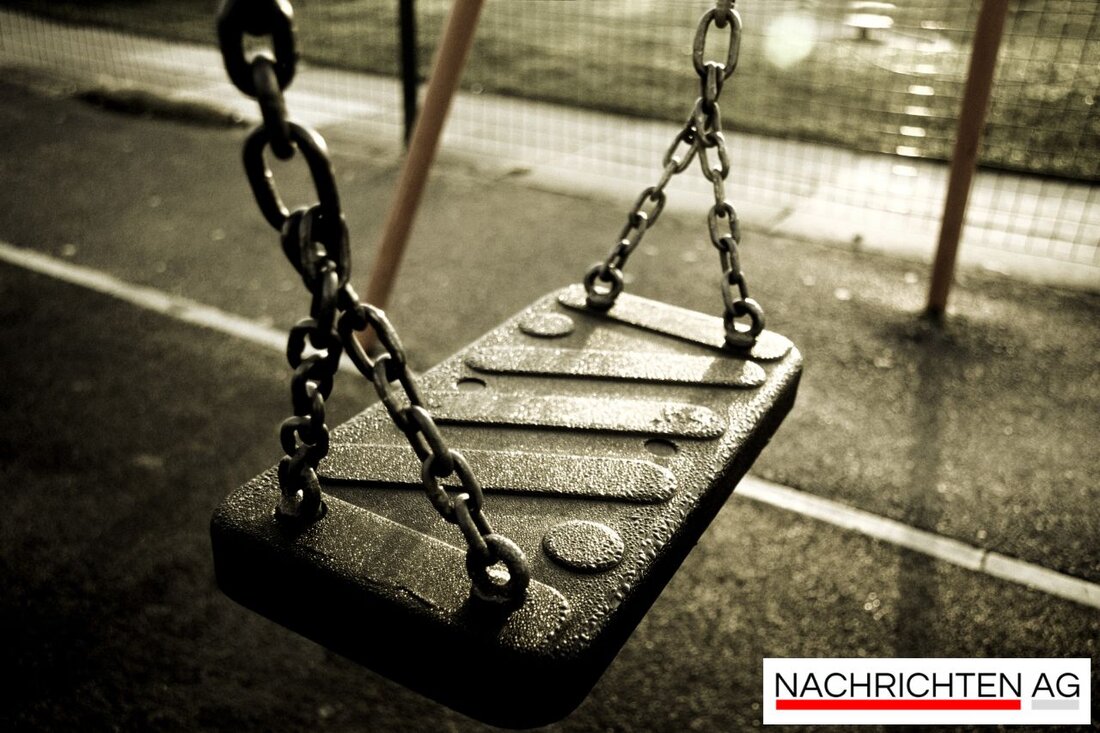Attendance Crisis: Nearly One Million Florida Students Miss School!
Escambia County faces rising absenteeism in schools post-pandemic, prompting efforts to improve attendance and support families.

Attendance Crisis: Nearly One Million Florida Students Miss School!
Florida schools are facing an uphill battle when it comes to student absenteeism. Reports indicate this issue remains a significant concern in the wake of the pandemic, with nearly one million students in Florida missing more than three weeks of school last year. This trend has not abated, as absenteeism rates continue to hover above pre-pandemic levels, particularly in Escambia, Santa Rosa, and Okaloosa counties, which have all reported a worrying rise in missed school time from 2019 to 2021. While Northwest Florida’s overall absenteeism rates are lower than the state average, it’s clear that Santa Rosa and Okaloosa counties are still struggling to keep students in the classroom.
WEAR TV highlights that Santa Rosa County has made strides, achieving a one-third reduction in absenteeism since 2021. Superintendent Dr. Karen Barber is keen on fostering collaboration with families to improve student attendance. In contrast, Escambia County’s absenteeism rate remains above the state average, with Assistant Superintendent Denny Wilson noting that about 10% of the district’s 37,500 students are either missing school or tardy—equating to nearly 4,000 children. Effective strategies such as one-on-one meetings with families are being applied in both counties to tackle absenteeism.
Chronic Absenteeism on the Rise
The situation is not unique to these counties. According to Governing, absenteeism in Florida has soared by over 50% since the pandemic and stands at alarming levels across the state. In the 2018-19 school year, approximately 20% of Florida public school students were classified as chronically absent. This figure skyrocketed to over 32% post-COVID and has remained above 31% into the current school year. Central Florida has felt this impact acutely, with over 145,000 students reported as chronically absent—those who miss 18 or more days in the academic year.
The pandemic has disrupted the bonds that families once had with their schools, particularly affecting those in poverty. As a result, chronic absenteeism has become tightly linked to poor academic performance, with middle schoolers sliding to their lowest test scores in over two decades. Notably, Florida ranks 40th nationally for chronic absenteeism, a concerning statistic better than only ten states.
Strategies and Challenges Going Forward
In light of these challenges, local educators have started implementing a range of strategies to combat this persistent problem. These strategies range from home visits and truancy courts to various catch-up programs. Community engagement efforts have been ramped up, targeting families directly while providing social services essential for supporting attendance. However, despite these efforts, legislative actions to address absenteeism on a broader scale have stalled, with proposed bills failing to gain traction in the Senate.
Notably, students like Ivan Flores offer a glimmer of hope. After struggling with attendance, especially during remote learning in ninth grade, Flores improved his school participation after enrolling in a noon-to-5 program at Evans High School. He is now pursuing a welding technology program at Valencia College, demonstrating that targeted support can make a difference in a student’s educational journey.
The numbers are troubling, but there’s something to be said for the resilience of Florida’s schools. As districts strive for solutions, the goal remains clear: to improve attendance rates week after week. It’s a challenging road, but with commitment and collaboration, progress is within reach.


 Suche
Suche